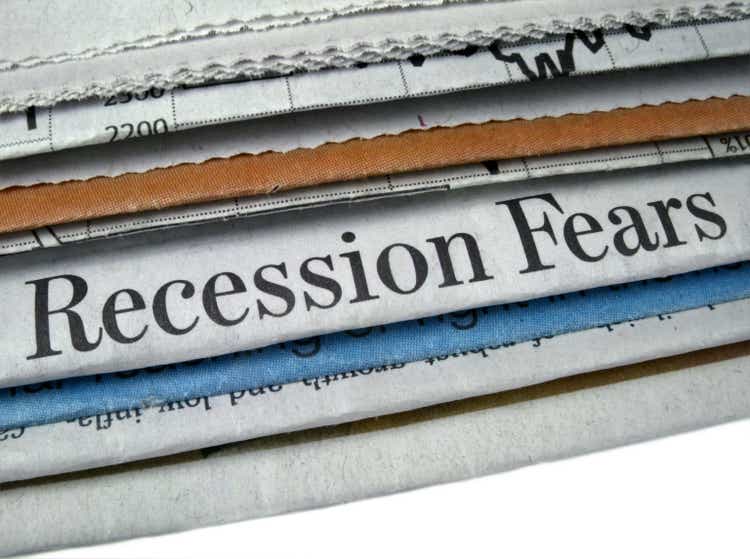LilliDay
A short or long recession appears to be the critical question on most economically oriented people’s minds. As is often the case with a popular question, it is the easy but wrong question. The right question is, what impact will the soon-to-be-declared recession have on our future economy, society, and investments?
Historians typically find an overriding cause for the period between expansions. The declines that have the greatest impact on future expansions are not primarily to reset price levels but to address economic imbalances in society and focus on the critical forces shaping the future.
When most people discuss the future, they focus on the factors producing a result pleasing to them. Currently, the popular view is that the recession will be short and shallow. Well, it might be, but it’s appropriate for thinking people to consider at least two major outcomes, and others.
I have no special competence to divine the future but feel compelled to think about the alternatives for our clients and family.
Short Recession
Favorable Indications
A market analytical tool that has been around for more than one hundred years requires two Dow Jones stock averages to be going in the same direction.
The question is whether we have already not only entered an economic recession but are demonstrating signs of a bottom.
The chart pattern of the Transportation Average is showing early signs of a market bottom, with the Industrial Average further behind in its chart development.
To me, the Transportation Average is a more reliable indicator of what is happening, with the Industrial Average an indication of what investors think about the future.
I wonder whether the current administration, like Presidents past, will declare operating railroads essential to national defense and step into what looks like a pending national strike.
Industrial prices lead wholesale, retail, and consumer prices. The JOC-ECRI Industrial Price Index fell -3.14% this week and is down -9.29% year over year, with oil, copper, and wheat among the drivers.
On balance I am more impressed with the trading skills of those using NASDAQ stocks than those limiting themselves largely to NYSE stocks. In the latest week, more shares listed on NASDAQ rose than fell, 11.4 million vs. 10.2 million respectively. The opposite was the case on the NYSE, with 8.3 million rising and 11.2 million falling.
Traders are demonstrating better timing than investors but not gaining as much.
Unfavorable Indications
Sloppy analysis uses stock prices – being historically attractive – with current prices and the last-reported earnings or estimates. The price/earnings ratio on this basis has dropped to the long-term average range. Usually, a sign of value is when P/Es are substantially below average.
Quite a few recently reported earnings were substantially below prior estimates. As bad as these reports were, I wonder whether they captured the deterioration of their businesses. I have not seen writedowns of the values of their inventories due to lower-priced raw materials, the shift of customer buying practices to more essential goods, or the slower payments of accounts payable.
As a publishing entrepreneur, I had to deal with some of the biggest financial institutions in the world., They were slow payers. Meanwhile, I had to pay our people on time, as well as our rent. I did not “factor” or borrow against our receivables, as the lenders would have discounted their value, even though they all eventually paid.
When we investigated investing in troubled or bankrupt companies for clients, we discounted receivables and wrote down both raw materials and finished goods inventory, as well questioning the value of fixed assets. If we could find a going concern buyer for which we ascribed value to the prospects not there, we attempted to ascribe value to their hardworking and highly competent workforce and good customer relationships.
A recent Financial Times article heralded the end of the easy-to-borrow-money period, making acquisitions more expensive and difficult to do. Plus, there will be fewer opportunities for M&A and IPOs.
Each week, The Wall Street Journal lists the prices of 72 security and commodity indices, as well as currencies. In the latest week, 75% went down.
Working View
The betting odds seem to be against a quick, short recession, but it could happen. If it does happen, I don’t think we will address the serious questions holding us back from our optimum potential.
Odds are, if we have a short and shallow recession, it will in time be followed by a longer and deeper recession addressing some of our problems.
Editor’s Note: The summary bullets for this article were chosen by Seeking Alpha editors.


Be the first to comment